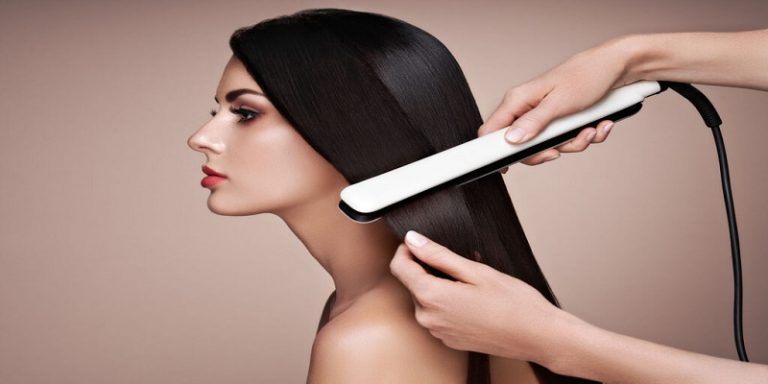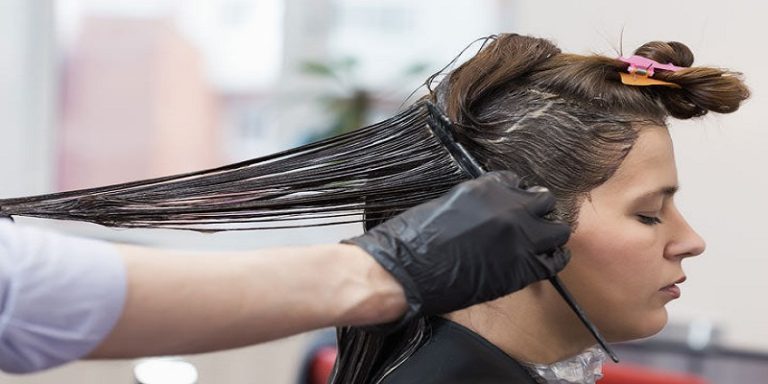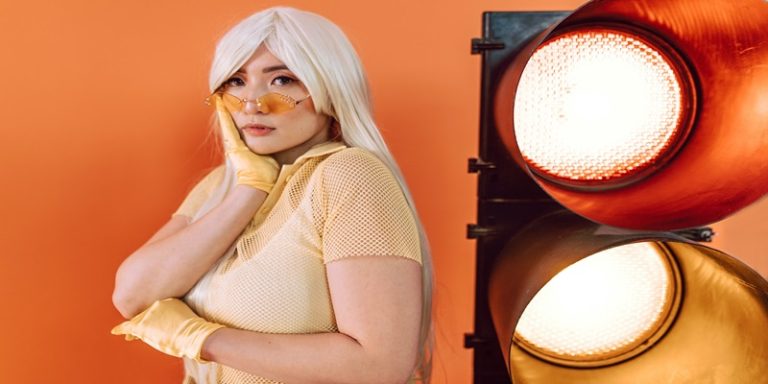How To Measure Hair Color And Developer?
Last Updated on June 18, 2025 by Jaclyn A. Neeley
Measuring hair color and developer accurately is crucial for achieving the desired hair color results. Whether you are a professional hairstylist or someone coloring their hair at home, understanding the correct ratios and methods for mixing hair dye and developer can make a significant difference. This article will guide you through the process, providing tips and best practices to ensure you get the perfect mix every time.
Hair Developer
A hair developer is an essential component in the hair coloring process. It contains hydrogen peroxide, which helps to open the hair cuticle, allowing the color pigments to penetrate the hair shaft and achieve the desired color change. Developers come in different volumes, typically ranging from 10 to 40, with each volume indicating the strength of the hydrogen peroxide and its lifting power.
- Volume 10 Developer: Contains 3% hydrogen peroxide and is used for minimal color change, such as darkening the hair or adding a tint.
- Volume 20 Developer: Contains 6% hydrogen peroxide and is the most commonly used developer. It can lift hair color by 1-2 shades and is suitable for covering gray hair.
- Volume 30 Developer: Contains 9% hydrogen peroxide and can lift hair color by 3-4 shades. It is ideal for lightening hair but can be harsh on fine or damaged hair.
- Volume 40 Developer: Contains 12% hydrogen peroxide and provides the most significant lift, up to 7-8 shades. It is typically used for dramatic color changes but can be very damaging to the hair.
Choosing the Right Developer
Selecting the appropriate developer depends on the desired outcome and the condition of your hair. For subtle changes or gray coverage, a lower-volume developer is sufficient. For more dramatic changes, such as going from dark to light hair, a higher volume developer is necessary. Always consider the health of your hair and avoid using high-volume developers on damaged or fine hair to prevent further damage.
Measuring Hair Color and Developer
Accurate measurement of hair color and developer is essential to achieve consistent and predictable results. The most common mixing ratios are 1:1, 1:1.5, and 1:2, where the first number represents the amount of hair color and the second number represents the amount of developer.
Using a Digital Scale
A digital scale is the most precise tool for measuring hair color and developer. Here’s how to use it:
- Prepare Your Tools: Gather a digital scale, a plastic or glass mixing bowl, and a plastic mixing utensil.
- Zero the Scale: Place the empty bowl on the scale and reset it to zero.
- Measure the Hair Color: Add the required amount of hair color to the bowl. For example, if you need 2 oz of hair color, weigh out exactly 2 oz.
- Measure the Developer: Reset the scale to zero again. Add the developer according to the desired ratio. For a 1:2 ratio, you would add 4 oz of developer to 2 oz of hair color.
- Mix Thoroughly: Use a plastic fork or silicone whisk to mix the hair color and developer until the mixture is smooth and consistent.
Using Measuring Cups and Spoons
If you don’t have a digital scale, you can use measuring cups and spoons. Here’s how:
- Select the Right Tools: Use plastic measuring cups and spoons to avoid any chemical reactions with metal.
- Measure the Hair Color: Pour the hair color into a measuring cup. For example, if you need 2 oz of hair color, use a cup with ounce markings.
- Measure the Developer: Use a separate measuring cup for the developer. For a 1:2 ratio, measure out twice the amount of developer as hair color.
- Combine and Mix: Pour both the hair color and developer into a plastic or glass bowl and mix thoroughly with a plastic utensil.
Tips for Mixing Hair Dye and Developer
- Wear Gloves: Always wear gloves to protect your hands from staining and irritation.
- Use Non-Metallic Tools: Metal can cause oxidation and affect the color outcome. Use plastic or glass bowls and utensils.
- Mix Thoroughly: Ensure the hair color and developer are well combined to avoid clumps and achieve even color distribution.
- Start at the Roots: Apply the mixture starting at the roots and work your way down to ensure even coverage.
- Follow Manufacturer’s Instructions: Always adhere to the instructions provided with your hair color and developer for the best results.
Common Mistakes to Avoid
- Incorrect Ratios: Using the wrong ratio of hair color to developer can result in poor color outcomes. Always measure accurately.
- Using Expired Products: Expired hair color or developer can lead to inconsistent results. Check the expiration dates before use.
- Skipping the Patch Test: Always perform a patch test to check for allergic reactions before applying the color to your entire head.
- Not Mixing Thoroughly: Incomplete mixing can cause uneven color application. Ensure the mixture is smooth and consistent.
- Using Metal Tools: Metal can react with the developer and alter the color. Stick to plastic or glass tools.
Conclusion
Measuring hair color and developer accurately is a fundamental step in achieving the desired hair color results. Whether you are a professional or coloring your hair at home, using the right tools and following the correct ratios will ensure consistent and beautiful outcomes. Remember to choose the appropriate developer for your hair type and desired change, and always follow the manufacturer’s instructions for the best results. With these tips and best practices, you can confidently mix hair dye and developer to achieve salon-quality hair color at home.
FAQs
How to measure hair color and developer at home?
To measure hair color and developer at home, use a digital kitchen scale for accuracy. Place a plastic or silicone bowl on the scale, reset it to zero, and add the hair color first, followed by the developer according to the required ratio (e.g., 1:1 or 1:2). Alternatively, use plastic measuring cups if a scale is unavailable.
How much hair color and developer do I use?
The amount of hair color and developer you use depends on the length and thickness of your hair. For short hair, 1-2 boxes of hair color and developer are typically sufficient, while long hair may require 2-3 boxes. Always follow the manufacturer’s instructions for the correct ratio, usually 1:1 or 1:2, to ensure even and effective color application.
What does 1 part to 2 parts mean in hair color?
In hair color mixing, “1 part to 2 parts” means you use one unit of hair color for every two units of developer. For example, if you have 2 ounces of hair color, you would mix it with 4 ounces of developer. This ratio ensures the proper activation of the color and even application across your hair
8.
What volume developer should I use for hair coloring?
The volume of developer you should use depends on your desired hair color change:
- 10 Volume: For minimal lift or darkening.
- 20 Volume: For 1-2 levels of lift and gray coverage.
- 30 Volume: For 2-3 levels of lift, suitable for resistant hair.
- 40 Volume: For 3-4 levels of lift, used for high-lift blondes but can be damaging.
Are there any natural alternatives to chemical developers?
Yes, natural alternatives to chemical developers include ingredients like lemon juice, chamomile tea, coffee, and henna. These natural options can lighten or darken hair without the harsh effects of chemical developers. However, they may not provide as long-lasting or intense results as chemical developers and often require multiple applications.







